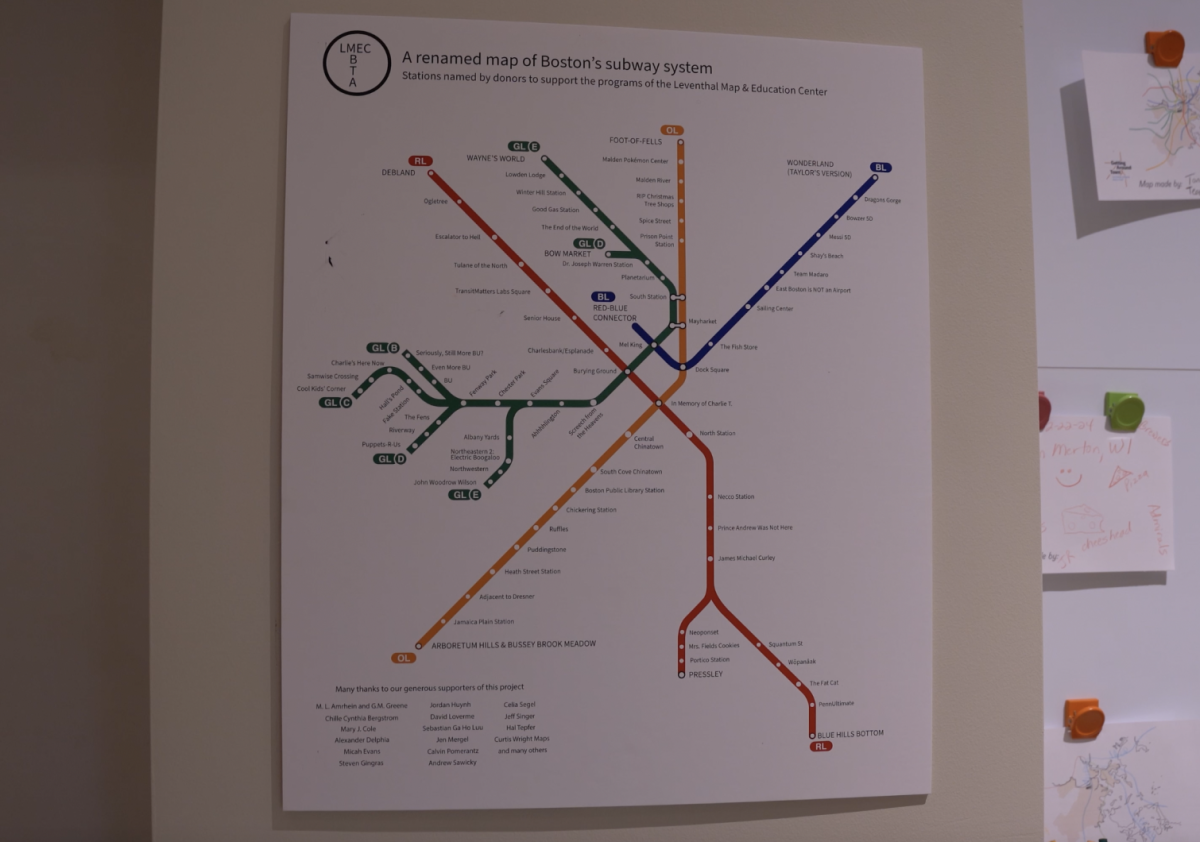Op-ed: It’s time to question college rankings
October 2, 2019
As summer ends, many high school and college students look forward to seeing the newest college rankings. Many of these lists are compiled by companies created solely to judge universities and rank them based on predetermined methodologies. U.S. News & World Report releases what is considered the “gold standard” of such rankings every year.
As college students, it’s often fun to look at these rankings and see where our university and rival institutions lie. More seriously, they can also aid prospective students in their college search. However, when we assign too much importance to these rankings, their shortcomings become apparent.
Most Northeastern students are well aware of the university’s unprecedented rise through the U.S. News ranking. In 1996, Northeastern University sat at No. 162. In 2006, it was ranked No. 115. Today? U.S. News’ 2020 rankings places NU at No. 40.
However, there are many things these quantitative numbers don’t tell us that are equally as, if not more important for current college students and high school seniors to know.
These numbers fail to show the student culture at Northeastern and other universities. Many student reviews of Northeastern on Unigo, a website that displays statistics and reviews for U.S. universities, highlight the students’ pre-professional focus due to Northeastern’s co-op program. One review even goes as far as to say that “[people] who [aren’t] motivated to prepare for their career” should not go to Northeastern.
Campus culture encompasses a significant part of the “fit” of a university to a student. Different institutions offer different experiences to different kinds of people, but rankings sometimes hide this fact by focusing strictly on the quantitative aspects of universities.
For example, many rankings take into account the four-year graduation rate — the percentage of students that graduate within four years — as a metric of outcome. There are many colleges and universities that aren’t traditional four-year institutions. Sound familiar? You only have to look at Northeastern and its emphasis on the co-op program to see an example of a university that doesn’t pressure students to graduate as quickly as possible.
Furthermore, the factors used to rank universities are inherently arbitrary. Does class size really constitute 8 percent of how good a university is? Why are standardized test scores worth an oddly specific 7.75 percent? The methodology used to calculate rankings are implicitly based on the ideological biases of the people that create them.
To highlight this, New Yorker writer Malcolm Gladwell changed some of the metrics used to rank schools. He reordered a top ten list of schools by including the cost of tuition as a variable — an important parameter for affordability and accessibility many rankings don’t include, including U.S. News.
The results are simultaneously remarkable and humorous: “the rankings of seven of the top schools changed and three schools — Northwestern University, Columbia University and Cornell University — dropped out of the top ten, replaced by the University of Alabama, the University of Texas, and the University of Virginia.”
Finally, research has shown time and time again that where you go to college does not significantly impact your career prospects and financial future. In fact, the same research showed a student’s SAT scores were a better indicator of future success than the school they actually attend. This observation suggests the personal talents and merits of students are more important than the resources and prestige of elite institutions.
One could argue that the networking opportunities present at highly-ranked universities give their students a major boost over students at lower-ranked universities. This finding is true, but only for a very small percentage of lower-income students for which college is the only way to make these connections, according to a study by economist Raj Chetty.
Students from the upper-middle and upper class already have strong networking opportunities — their families — in comparison to their lower-class counterparts. But it is precisely these students that pore over rankings and scrutinize miniscule differences in the positions of universities on these lists. They can, quite literally, afford to compare many different elite institutions and are not bound by financial limitations that restrict middle-to-lower class students to look at only a handful of schools.
In other words: rankings aren’t as important for the people who hold them in disproportionately high regard. I feel as though that’s an appropriate summary and takeaway: rankings can matter, but not much. They are certainly helpful in constructing a guide for beginner students to the college application process, helping them narrow the thousands of institutions around the world to a smaller list of schools. Beyond that, their usefulness becomes questionable.
Poon Singhatiraj is a first-year international affairs major.


















